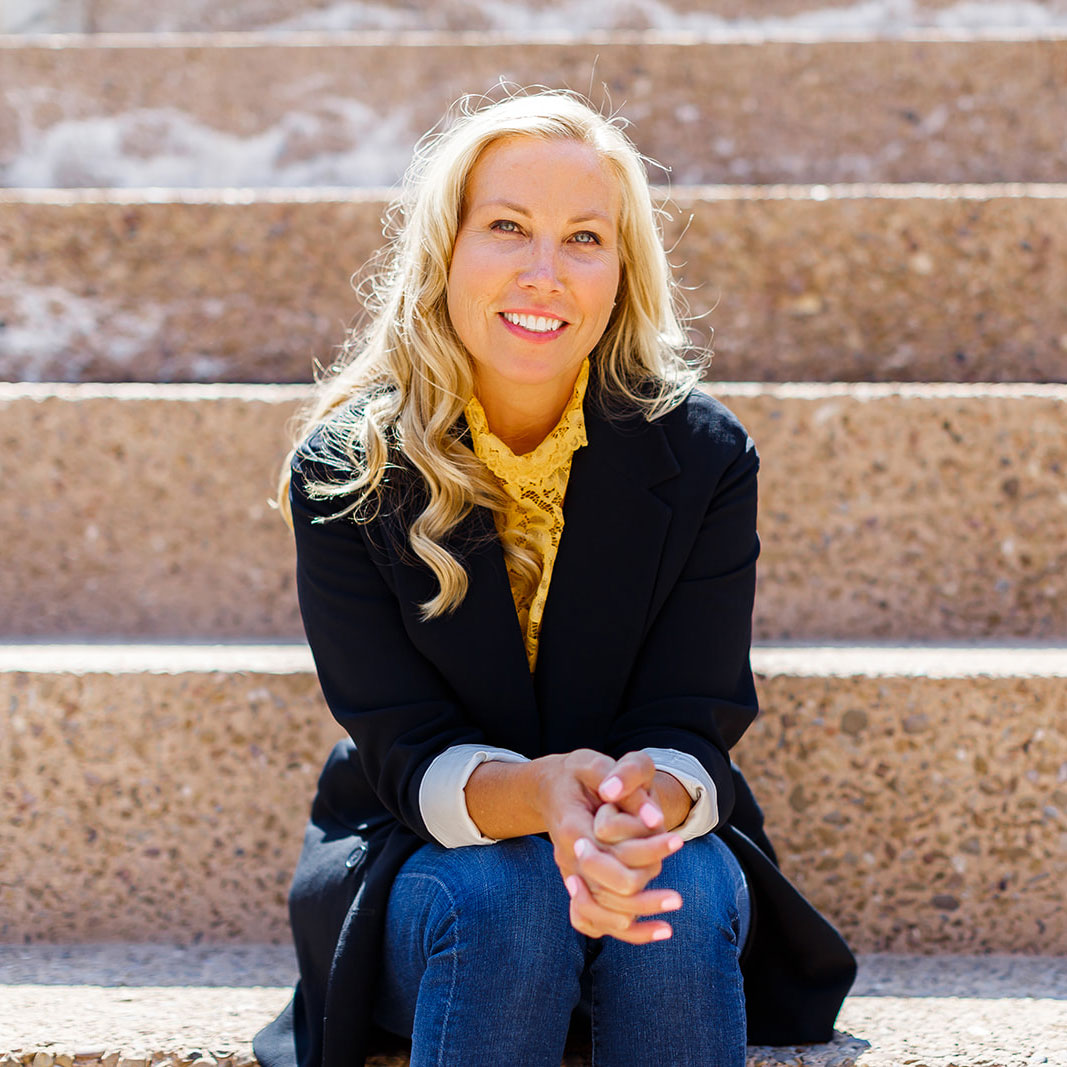Best Practices and Products for Cold Sores
If you are someone who has gotten or gets cold sores you know how traumatic having one can be. They make you feel dirty, ugly and promiscuous. Thank goodness with age getting one is few and far between. However, during my university years or stressful times in my life, they would pop up and I would go into hibernation. I would be obsessed with what it looked like and would buy anything to try to cover it and/or get rid of it. My experience was nothing over the counter (OTC) helped heal them and I have tried many including Abreva. The only thing that made a difference in speeding up the healing process was orally taking Valtrex (Acyclovir).
Hiding a cold sore with makeup is really tough and can often make it look worse. I have only one mineral powder that I use from La Bella Donna http://www.labelladonna.com/lbd-women/ that will cover it and actually make it look better. I always make sure when I have a cold sore or think I may be getting one to use a disposable brush to apply any powder or colour to the lips. This is so important as you would never want to spread it.
I use this mineral power every day. It not only looks beautiful on the skin but provides superior sun protection. So easy to use and you don’t have to worry about being meticulous about putting it on, as it blends so easily. This product is a must-have for everyone! I buy it at my favourite medical spa Derma Spa. www.dermaspa.ca. Here is some more info on this product.
Only Four Ingredients:
- Micronized Titanium Dioxide, a non-chemical sun protection
- Bismuth Oxychloride, an anti-inflammatory
- Zinc Oxide, an anti-inflammatory
- Iron Oxides, source of colour
LBD-WOMEN is an all-natural, pure mineral translucent sun protection. It lasts all day without re-application and provides complete protection from all UVA/UVB infrared rays. It does not contain any FD&C dyes, oils, fragrance, alcohol, parabens, cornstarch or other chemicals. Soothing and calming, LBD-Women can be used on rash-prone skin, eczema, allergy-prone skin (with a near-zero allergy rate) and sensitive skin. This mineral sun protection keeps the skin naturally cool (even when sitting in the sun) and reduces perspiration, doesn’t irritate like chemical sunscreens.
Micronized titanium dioxide is the key. It is found naturally in minerals and does not clog pores or dry out the skin. It works quite remarkably. Basically, it allows light to pass through the visible ray region (light that is needed for healthy development of skin) while intercepting the ultraviolet rays. Micronized titanium dioxide guards against the damaging effects of ultraviolet rays, yet give the skin a natural-looking finish. Research shows micronized titanium dioxide provides a natural barrier to UVA and UVB radiation without irritation, burning or stinging.
Because I have gotten a cold sore recently and it reminded me how awful they are I asked Doctor Gray to do an article on it. I hope this helps if you are struggling to know what to do if you are just getting one for the first time or constantly struggle with them.
Dr. Gray on Cold Sores
Our topic this month? Cold sores. Fever blister, orolabial herpes. The HERP, as Jody calls it.
Herpes is a varied and interesting virus. I actually have great respect for it. We all know it causes oral and genital herpes but did you know it is responsible for cytomegalovirus, chickenpox, shingles, and mono?
Orolabial Herpes is caused primarily by Herpes Simplex Virus 1 (HSV -1). It can also be caused by Herpes Simplex Virus 2 (HSV-2) about 20% of the time. HSV-2 is the virus subtype that prefers infecting the genital region. As I tell my patients – they prefer different playgrounds.
Herpes virus infects the body by accessing the skin after direct contact with someone with a lesion. This can include sharing a drink, kissing, sharing a toothbrush or facecloth or any other way of getting the fluid from the lesions onto someone else’s skin. Although far less common you can contact the virus without the other person showing any sign of a cold sore (asymptomatic transmission). That is likely why a vast majority of adults by age 45 will test positive to HSV-1 exposure even if they have never had a cold sore. Only a minority of people get lesions. So who does? We actually don’t know who will get lesions or who won’t. Likely many factors to do with the virus and the individual go into determining who gets lesions and how often.
So how does HSV-1 cause lesions?
After contact with your skin, the virus often enters the body causing a generalized reaction the first time your immune system is exposed. This can be anything from a mild flu-like illness that is barely noticed to a full-blown case of Herpes gingival stomatitis in which the outer skin and inner mucosa of the mouth and throat become covered in lesions. This is most frequently seen in children. After this, the virus grabs onto a sensory nerve and travels up it to live on the cell body in the central nervous system – forever. The good news is that the immune system does make antibodies to HSV-1 so you can never be infected again at another site.
HSV-1 is an opportunistic virus. It waits for a time when the immune system is stressed to make its appearance. Then it travels down the nerve to the skin (often causing the telltale tingling sensation one gets prior to the outbreak) causing blisters to form on the skin or mucosa. The blisters often burst leaving the crusted lesions that last 1-3 weeks before clearing. The virus travels back up its nerve and awaits another opportunity. Episodes of lesion outbreaks vary from rare outbreaks to once a month.
Cold sore outbreaks may be influenced by stress, menstruation/hormones, sunlight, sunburn, fever, dehydration, or local skin trauma. Surgical procedures such as dental surgery, lip tattooing, or dermabrasion are also common triggers.
Cold sores are painful, they dry out and bleed, they are infectious (and everyone knows it) and frankly, they don’t look great. All good reasons to treat them. And we do have treatments. Just not very good ones. Very mild or infrequent lesions usually are fine to be left alone. A little bit of makeup and no one is the wiser. For those who get cold sores, though, this is not the typical case.
Treatments for cold sores
There are basically two forms of treatment – topical and oral. Some topical therapies, such as topical antiviral medications, need a prescription (Acyclovir cream). There is also a newer agent that is available over the counter (OTC) called Abreva. If you apply it right when the tingling starts and you remember to apply it 5 times a day – it can cut down the healing time by 10%. Not much bang for your buck but better than all other OTC products, none of which have been proven to speed healing. Most of them provide an excellent topical moisture base to help prevent drying and cracking, though. New combination creams which have an antiviral medication and a mild steroid to help reduce inflammation are also being marketed. Again, they likely improve the look of the lesion more than they reduce healing times.
There are also oral medications such as valacyclovir, acyclovir and famcyclovir that are often prescribed and kept in one’s medicine awaiting the next tingling sign of an imminent outbreak. Some can be taken in larger single doses, rather than the old 7-day course, although in my experience this dosing regime doesn’t work for everyone. In rare cases, where outbreaks are truly frequent, one could be placed on a daily oral medication to try to prevent lesions altogether.
There are many alternative and natural therapies promoted for cold sores. I won’t go into them. They don’t work. Period. Even the use of sunscreen has had mixed results (although there are many other good reasons to use it). But everyone is different so considering few have any discernible side effects – try them if you’d like!
Bottoms line is that the majority of adults will be exposed to HSV-1 at some point before age 45. Some will go on to get an initial lesion and of those (only one-third) will go on to have recurrent lesions. Those that have recurrent lesions cannot predict the frequency of these lesions although common triggers have been identified. The good news? The frequency of outbreaks decreases with age. Treatments are plentiful although only topical and oral antivirals, as well as Abreva, have been shown to have any effect – and even their effect is limited.
Keeping the lesion well moisturized to prevent drying and cracking will improve the look of the lesion.
Like I said- I have a lot of respect for this wily virus!
Dr. Catherine Gray




